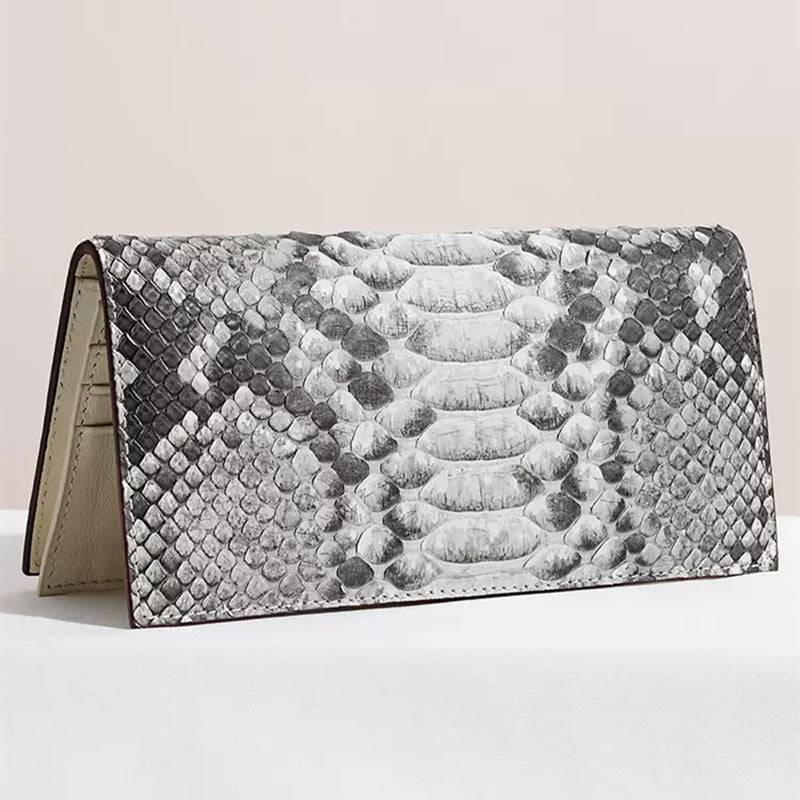No products in the cart.
Buyers Guide
How The Snakeskin Bags Get Made
Snakeskin is a hot commodity in the fashion world, but do you know where it comes from? It’s not a pretty story.
It begins with the snake-hunters, who scour the forests, marshes, and gardens of Indonesia for the elusive reticulated python. This snake is one of the most sought-after for its beautiful and intricate skin pattern. It’s also one of the largest snakes in the world, reaching up to 10 meters in length.
Indonesia is the biggest exporter of snakeskin in the world, supplying countries like Italy, Japan, and the United States. These countries turn the snakeskin into bags, shoes, belts, and jackets that sell for high prices in luxury stores and fashion shows.
But what about the people who catch the snakes? They are mostly poor villagers who risk their lives for a meager income. According to a report by the Indonesian Ministry of Forestry, there are about 196,000 people involved in the snakeskin industry in Indonesia, and 170,000 of them are snake-hunters. Some do it part-time, some do it full-time, but none of them make much money from it.

I wanted to see for myself how this industry works, so I spent three months following the snakeskin production chain from start to finish. I went to Cirebon, a village in West Java that is known for its snake-processing plant. Everyone there knew where it was and what it did.
I was curious about how python snakes are used for fashion, so I decided to visit a place where they are hunted and processed. It was not easy to find a python, because they are very good at hiding and escaping. I joined a local hunter who knew how to track them down in the wetlands. He caught four small pythons in five hours, each about 30 cm long.
He put the pythons in a bag and took them to a nearby factory where they would be skinned and tanned. I was shocked by how cruel the methods were. The pythons were hit on the head with a hammer, then their mouths were forced open and a hose was inserted into their bodies. Water was pumped into them until they swelled up like balloons. This made it easier to peel off their skin.
The skin was then cut into pieces and dried in the sun. Some of it was dyed with different colors and patterns. The skin was sold to traders who would export it to other countries where it would be made into bags, shoes, belts and other accessories. The demand for python skin was very high, especially from luxury brands that claimed they used “farmed” skin from ethical sources.
But I learned that many of the python skins that reached the market were from wild pythons that were illegally hunted and traded. There were no clear regulations or traceability systems to ensure the sustainability and welfare of the pythons. Some species of pythons were endangered by overexploitation and habitat loss.
At the factory, I met the owner who told me that she sold her products to buyers from China, South Korea, Singapore, Malaysia and Brunei. She said that python skin bags from Indonesia were very popular among foreign customers. She had five workers who could produce 50 bags and 30 wallets in a month.

